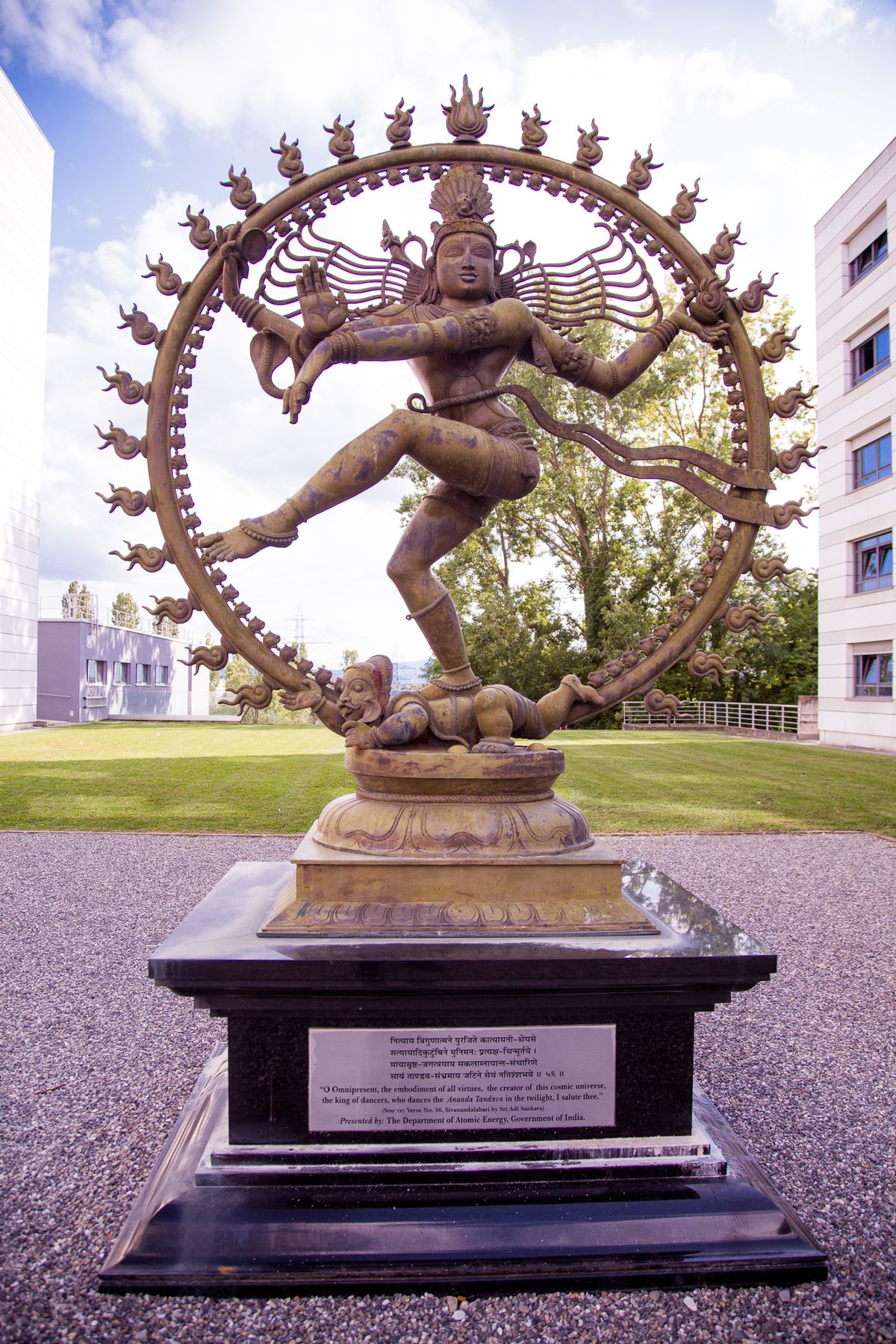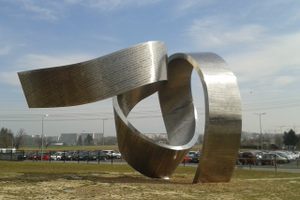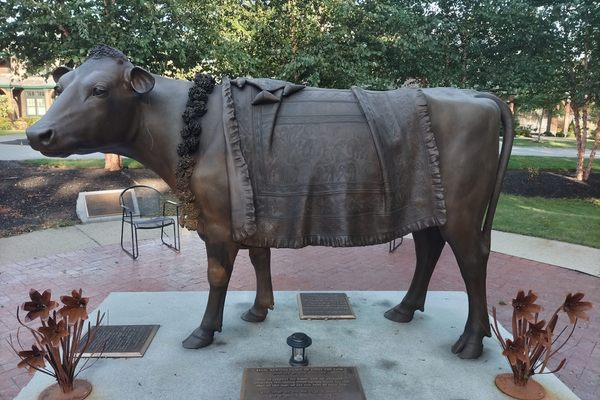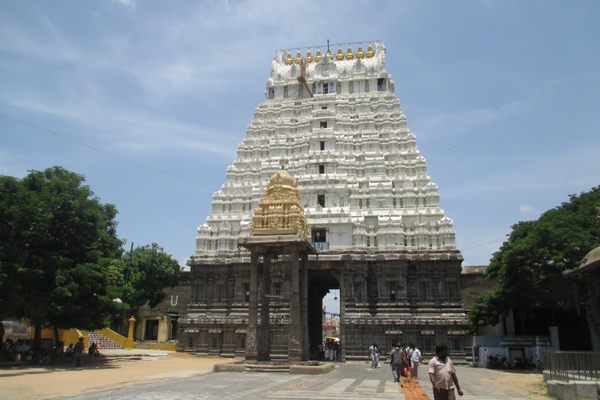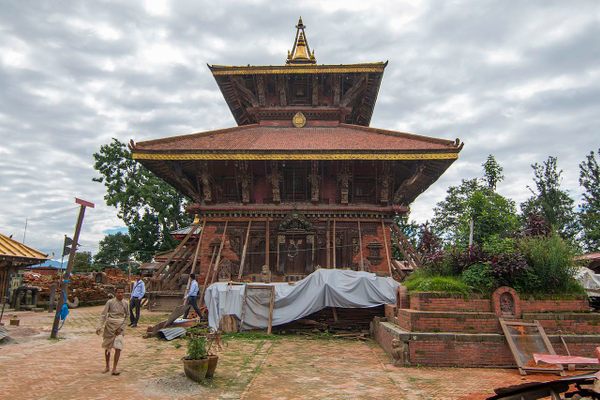About
This gorgeous gilded statue of Nataraja stands proudly within the grounds of CERN, the European Organization for Nuclear Research. It looks like something you’d expect to find in a temple or art museum, not at a renowned scientific research center.
The statue was a gift from India. It honors CERN’s long-standing relationship with the country, which began in the 1960s and continues to this day.
The artwork is an artistic metaphor for CERN’s study of the “cosmic dance” of subatomic particles. In Hinduism, Nataraja is a depiction of the god Shiva as the cosmic dancer. The god, who danced the universe into existence, preserves it, and will one day destroy it, is a symbol of shakti, or life force.
Nataraja’s dance of creation and destruction has been somewhat of a metaphor for modern physics since physicist Fritjof Capra used it to describe the field’s relationship with the cosmos in the 1970s. A plaque below the statue bears a quote from Capra explaining the metaphor.
The statue at CERN was made in India. Liquid metal was poured into a soil mold built around a melted wax model. Once the metal cooled and hardened, it was polished and given a more antique appearance before being shipped to Switzerland.
In 2016 the statue became a filming location for a viral video about a fictional cult said to work in CERN. It was made by a group of CERN employees as a joke, but due to the many conspiracy theories surrounding the particle accelerator, the video went viral.
CERN officials denounced the prank, which led to an internal investigation. The statue is under surveillance since the incident.
Related Tags
Know Before You Go
The statue is on CERN grounds and cannot be accessed without permission via a tour.
Published
April 18, 2018





